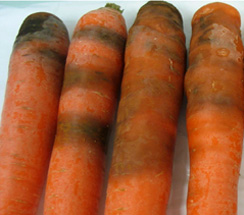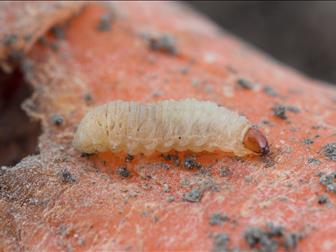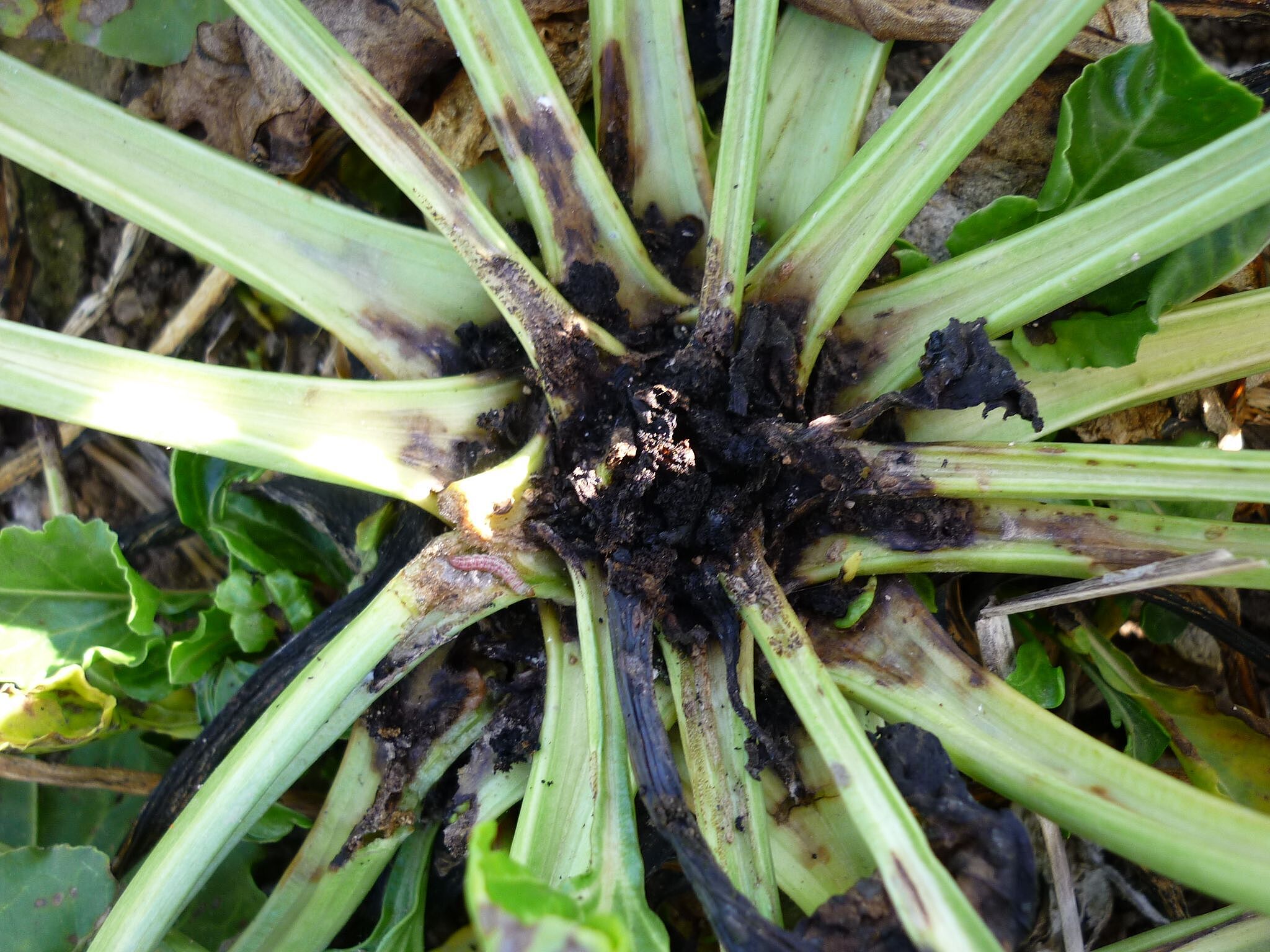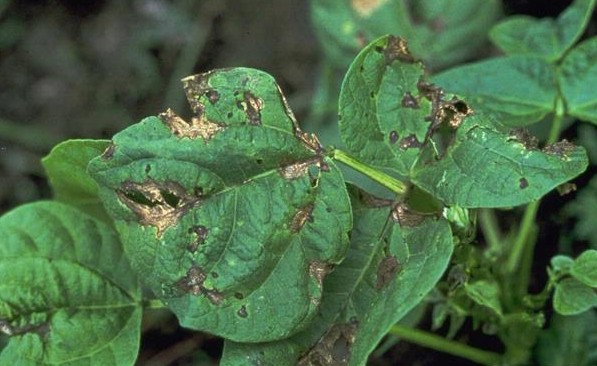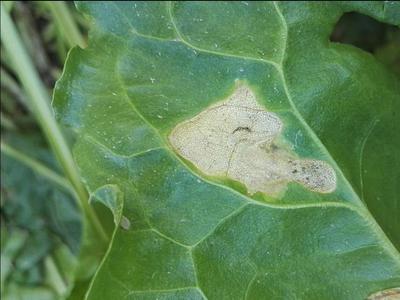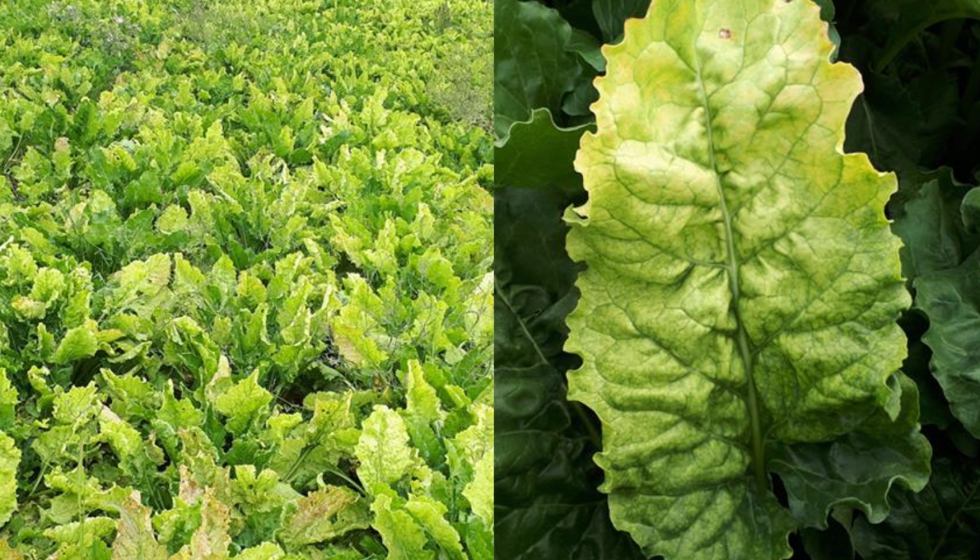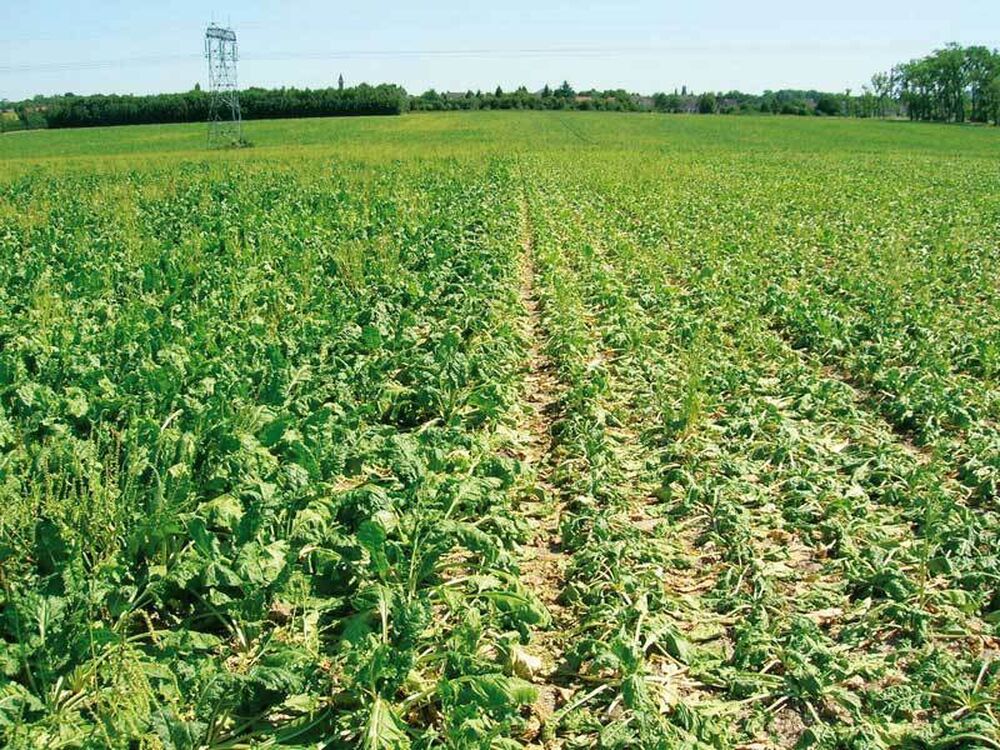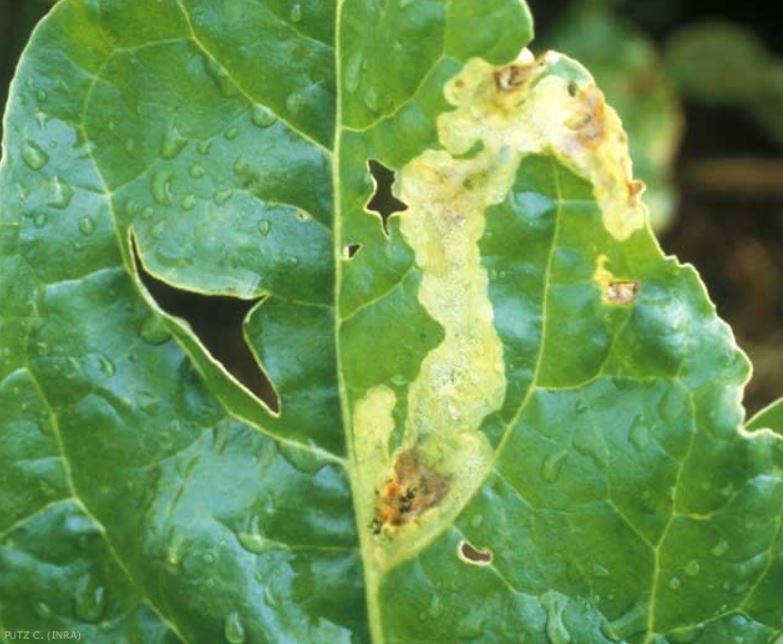
Zanahoria
How to recognize and combat wireworms in carrots
Wireworm
Insect
Type:
Risk to the plant:
HIGH
Agriotes Sp.
Pathogen:
Orugas o gusanos

WHO CAUSES IT?
The pathogen Agriotes sp., known as wireworm, belongs to the Elateridae family. Adults are elongated, dark brown beetles that lay their eggs in the soil near the roots of plants. The larvae, which develop from these eggs, are thin and hard-bodied, similar to a wire, which gives them their common name. These larvae can live in the soil for several years, going through multiple larval stages. During this time, they feed on the roots of various plants, including important crops such as carrots. When they reach the last larval stage, they pupate in the soil and, after a period of pupation, emerge as adults completing their life cycle.
SYMPTOMS
The wireworm disease of carrots is very damaging, as the larvae feed on the roots, causing extensive damage that can lead to the total loss of the plant. The symptoms are varied and mainly affect the carrot root system, compromising the absorption of water and nutrients, resulting in poor growth and weakened plants. In severe cases, carrots may develop deformations and holes that make them unsuitable for consumption.
- Poor growth
- Weakened plants
- Deformations in carrots
- Holes in the roots
- Death of young plants


DEVELOPMENT CONDITIONS
Temperature:
15°C - 25°C
Humidity:
70% - 90%
HOW IS IT SPREAD?
Soil dispersal, Movement of infested plants, Wind, Human activities, Animals, Contaminated plant material
HOW TO ELIMINATE IT?
Home treatments
There are no home treatments
Natural allies
Chemical treatments
There are no treatments for this disease. Treatments are directed at the insect vectors that transmit it. See insect treatments.
RECOMMENDED PRODUCTS TO ELIMINATE THE PEST
Sponsored link
Sponsored link
Sponsored link
Sponsored link
Sponsored link
Sponsored link
Effective against all types of fungi
REPELLENT PLANTS
Rosemary, Dill, Coriander
RECOMMENDATIONS
- Check the back of the leaves frequently, especially in dry weather.
- Spray water on the leaves to increase humidity and prevent them from settling.
- Keep plants healthy with good watering and adequate light.
- If you see cobwebs or damage, clean the leaves with a damp cloth or pressurized water.
- Use potassium soap or neem oil every few days until they disappear.





















